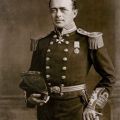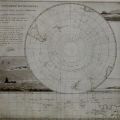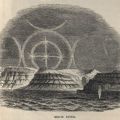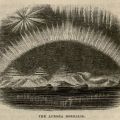Some Peek in the Stacks blog posts are authored by CSUN students who work in Special Collections and Archives. This week's post was written by Tony Amicangelo, a student assistant in Special Collections. Tony is a senior majoring in Music with a focus in Media Composition.
There exists a place where travel is so treacherous that survival is not guaranteed. The cold is so brutal here that mere seconds of exposure can cause irreparable damage. Optical illusions abound and strange animals brave the fierce temperatures. The early explorers declared it to be an “awful place,” and still so much is unknown about this land hundreds of years later. If you have ever wanted to travel to another planet, look no further than our planet’s North and South Poles.
The Arnold Court Collection on Polar Exploration contains books that focus on the many facets of early Arctic and Antarctic exploration. There are several books dedicated to the first flight across the Polar Sea, including books by the initial explorers themselves, Roald Amundsen and Lincoln Ellsworth. These firsthand accounts of pioneer explorations are extremely compelling, and open a window into a harsh and alien place that few of us will ever see.
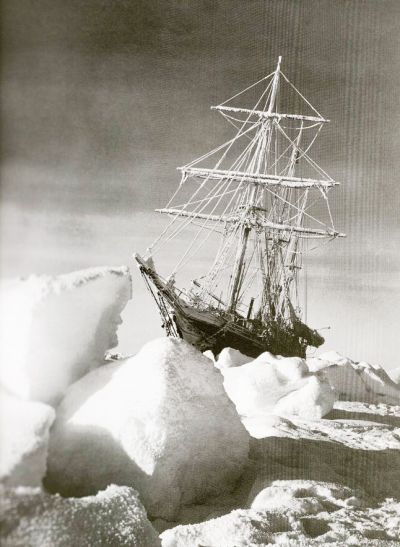 Winter in the Arctic, according to the accounts of the first explorers, saw temperatures that reached lows of -65˚ Fahrenheit. The temperatures were so extreme that the explorers considered zero degrees to be "mild and comfortable." Touching the eye pieces of their telescopes (and other metals exposed to these temperatures) was likened to touching scalding hot metal and would burn skin off if not handled carefully. Frostbite was a common occurrence and would cause the victims to act as if they were intoxicated, not to mention the potential loss of fingers, toes, or more.
Winter in the Arctic, according to the accounts of the first explorers, saw temperatures that reached lows of -65˚ Fahrenheit. The temperatures were so extreme that the explorers considered zero degrees to be "mild and comfortable." Touching the eye pieces of their telescopes (and other metals exposed to these temperatures) was likened to touching scalding hot metal and would burn skin off if not handled carefully. Frostbite was a common occurrence and would cause the victims to act as if they were intoxicated, not to mention the potential loss of fingers, toes, or more.
Keeping themselves occupied was of utmost importance to the explorers, mostly to maintain their sanity in the barren land. Throughout the long, bitter winters of complete darkness, they would be required to keep daily regimens of exercise. Either they would walk on shore for several hours, or if weather did not permit, they would run around the deck in a circle accompanied by organ music or their own singing.
When explorers attempted to find a northwest passage from the Atlantic to the Pacific, they found the navigation to be extremely treacherous as they had to somehow forge through large swaths of ice. At times, they employed a massive ice saw to cut a path through the ice, operated by a team of men walking on the ice and painstakingly attempting to clear a passage. Explorers aboard the H.M.S. Terror, ultimately a doomed ship, recount how "water was rushing in from a variety of places" after the ship struck an ice floe. "It seemed almost impossible to keep the ship from filling," they explained, though they managed to temporarily mend the ship by tying chain cables around the vessel. Imagine the terror and immense solitude these explorers must have felt being thousands of miles from home and in danger.
There were also otherworldly occurrences documented by these first explorers. Occasionally, because of the way light refracted on the horizon, sailors claimed seeing an "extensive city" on the horizon, "abounding with the ruins of castles, obelisks, churches, and monuments." One captain writes about seeing his Father’s ship upside down on the horizon, even though it was about seventeen miles beyond the horizon at that point. Other phenomena such as the aurora borealis (Northern Lights) and mock suns (known as sun dogs today) were commonly seen. The explorers encountered animals such as the reindeer and the narwhal, a whale with what looked like a horn protruding from its head, often considered the “most beautiful animal to be found in the northern seas.” All of this contributed to the otherworldly nature of the place, making for a fascinating read today.



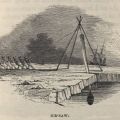
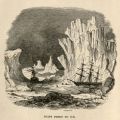
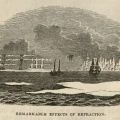
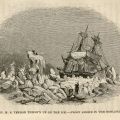
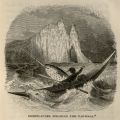
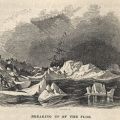
![The rein-deer. Winter in the Arctic Regions, page 96. [G630.B7 W55 1846] The rein-deer. Winter in the Arctic Regions, page 96. [G630.B7 W55 1846]](https://library.csun.edu/sites/default/files/styles/collections_resize/public/Exhibitions/reindeer.jpg?itok=fUrDZLJj)
